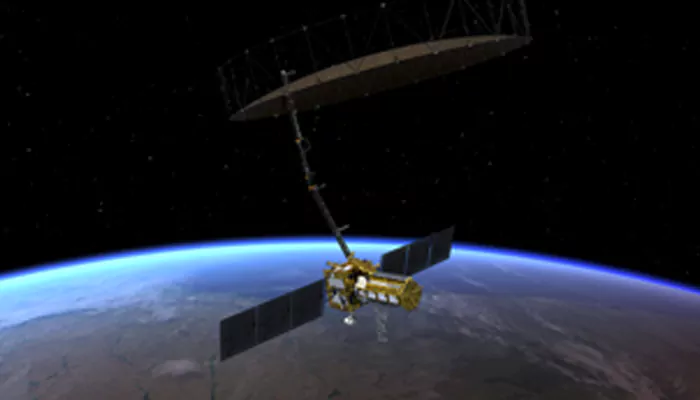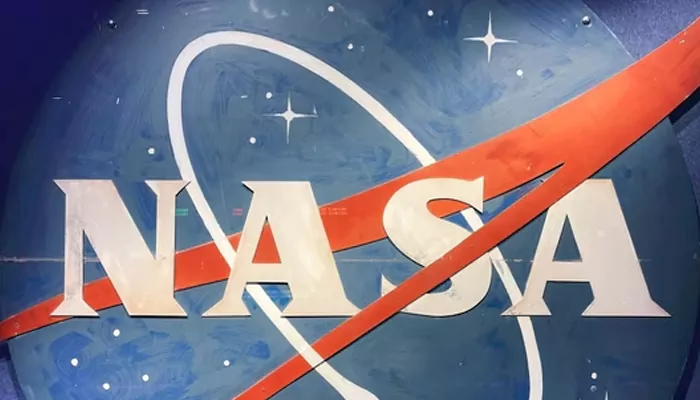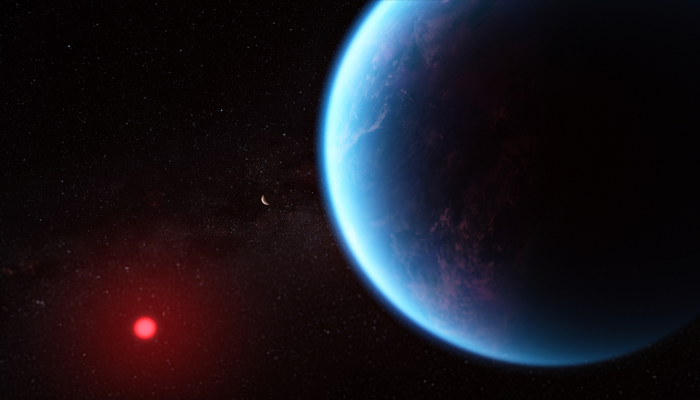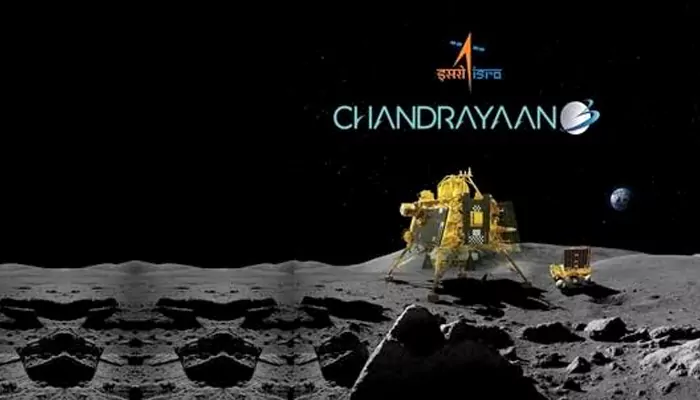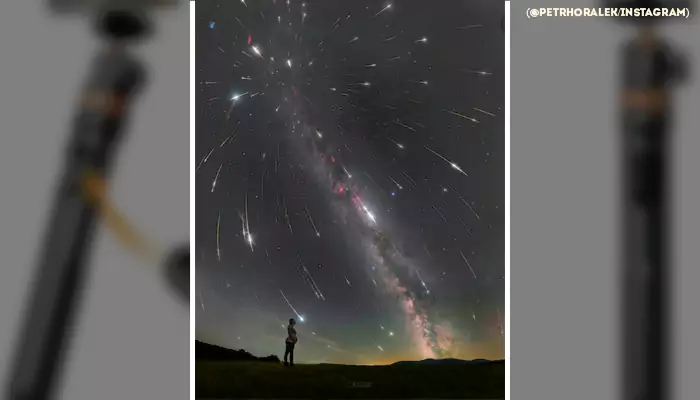Chandrayaan-3 Turns Two: ISRO vs NASA vs Roscosmos – How India Did It Differently and Better
- Soham Halder
- 4 months ago
- 3 minutes read
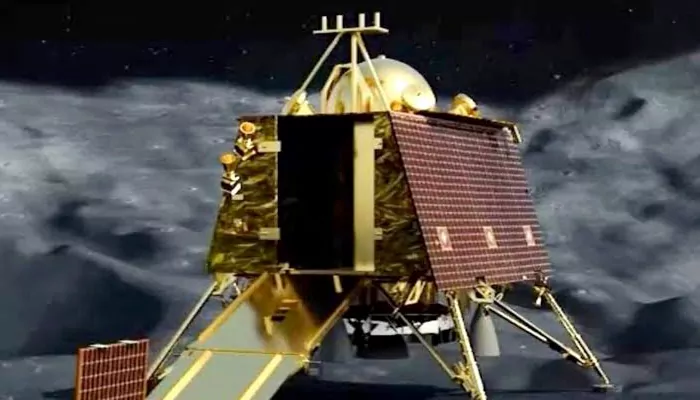
When efficiency meets innovation: ISRO’s moonshot success!
In August 2023, India’s Chandrayaan-3 etched its name in history by becoming the first mission to land near the Moon’s south pole. Today, as it turns two, it’s not just about the science—it’s about the story of how ISRO (Indian Space Research Organisation) redefined the global perception of space exploration. While NASA and Roscosmos spend billions to fuel their missions, ISRO achieved the seemingly impossible with just 615 crore (around $75 million). That’s less than the cost of a Hollywood space film!
ISRO vs NASA vs Roscosmos: A Different Approach
Where NASA pours enormous budgets into technology-heavy projects and Russia (Roscosmos) relies on decades of Soviet-era infrastructure, ISRO carved its path differently. India’s strength lies in frugal innovation, lean engineering, and maximizing every rupee spent.
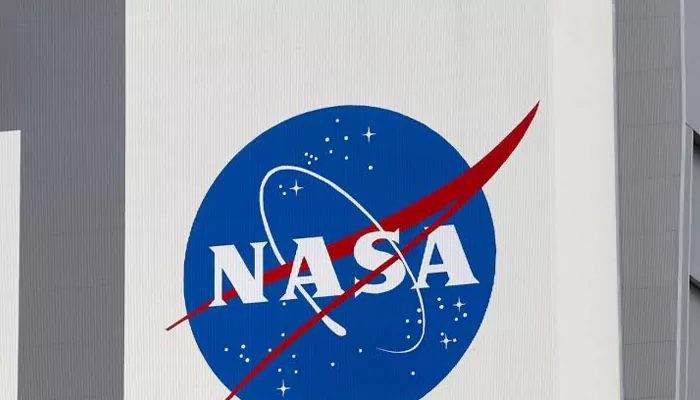
NASA: Known for massive budgets, high-end R&D, and ambitious timelines. Example: Artemis missions are budgeted at over $90 billion.
Roscosmos: Historically powerful, but now struggling with sanctions and limited resources. Its lunar ambitions have slowed considerably.
ISRO: Focused on cost-effectiveness, modular designs, and indigenous talent—delivering results faster and cheaper.
By prioritizing simplicity over extravagance and collaboration over competition, India managed to do more with less.
Budget Brilliance: How ISRO Saved Billions
Chandrayaan-3 wasn’t just a space mission; it was a masterclass in resource optimization. Engineers reused proven designs from Chandrayaan-2, cut down unnecessary payload weight, and built hardware indigenously. Every decision revolved around efficiency.
Here’s the contrast:
NASA’s Apollo missions (1960s–70s): $25 billion (over $150 billion today).
Roscosmos’s Luna-25 (2023): $200 million, which unfortunately ended in failure.
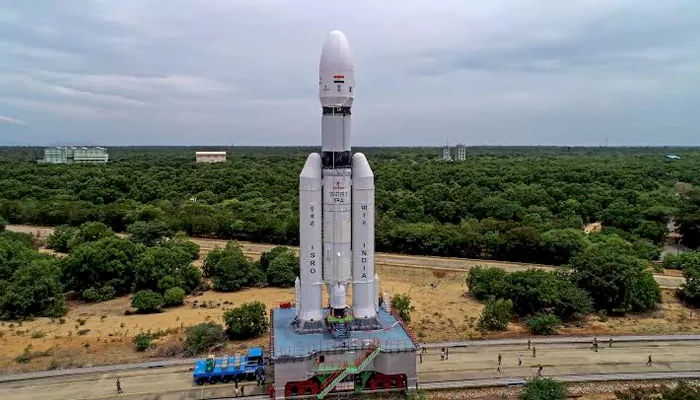
ISRO’s Chandrayaan-3: Just $75 million, which not only landed but also worked flawlessly.
This “more science, less spend” model is why countries across the globe are now looking to ISRO as a benchmark for future exploration.
Why the South Pole Matters
Landing on the Moon’s south pole wasn’t just about glory. It was about science that could change humanity’s future. This region is rich in water ice, which can be converted into drinking water, oxygen, and even rocket fuel for deeper space missions.
While NASA is still working on its Artemis missions and Roscosmos faces repeated setbacks, India has already shown the world how to get there affordably. For developing nations, Chandrayaan-3 stands as a symbol of possibility—proof that space is no longer just for the billion-dollar clubs.
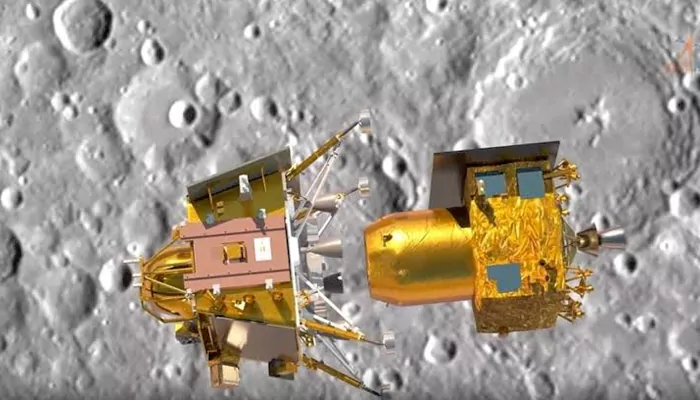
The Human Story Behind the Mission
Another thing ISRO did differently? It inspired people. From schoolchildren watching live broadcasts to memes, Chandrayaan-3 became more than a mission—it became a cultural moment. The pride of knowing that Indian scientists, many of them young and working late nights on tight resources, could outshine global giants is what sets this achievement apart.
As NASA’s missions face delays and Roscosmos struggles with global isolation, ISRO thrives on teamwork, perseverance, and humility. That human factor is India’s true edge.
Chandrayaan-3 was just the beginning. India now has its eyes on Chandrayaan-4, the Gaganyaan human spaceflight program, and even Mars and Venus missions.
The lesson is clear: you don’t need billions to dream big—you need innovation, efficiency, and belief.


